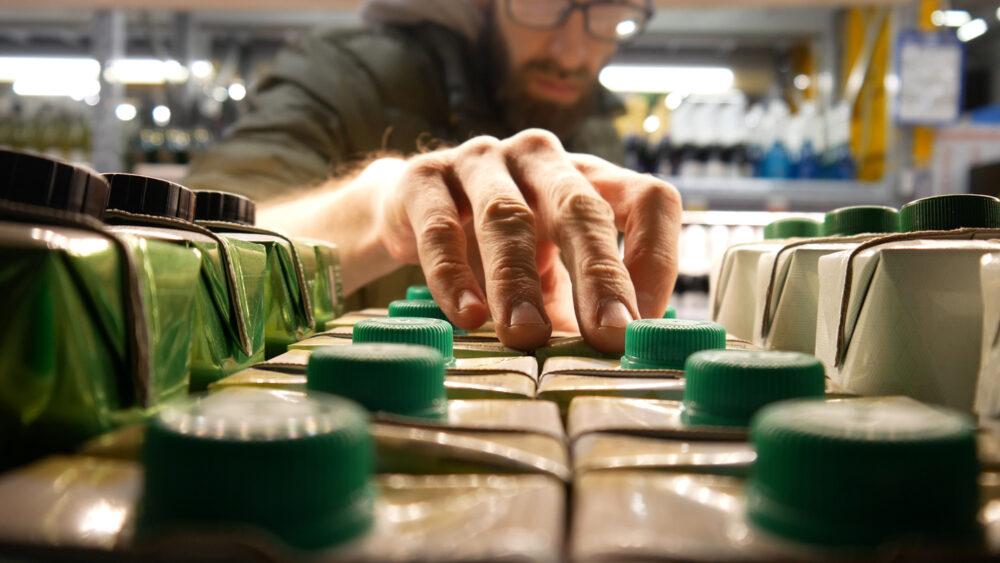
Pack testing market research, where packaging is scrutinised to ensure it meets consumer expectations and needs as well as brand objectives, is an essential part of product development and marketing. Analysing the effectiveness of packaging solutions combines elements of design, engineering, psychology, marketing, and consumer behaviour. Pack testing is not just about physical product protection but encompasses the package’s entire lifecycle from manufacture to end-user.
Understanding pack testing market research
Pack testing market research evaluates packaging on multiple fronts:
- Protection: Ensuring the package can withstand transportation, storage, and handling while keeping the product intact.
- Functionality: Assessing how well it performs in areas such as ease of opening, ability to reseal, and dispensing.
- Communication: Analysing how effectively the packaging communicates key messages, brand values, product instructions, and any regulatory information to consumers.
- Sustainability: Evaluating environmental impact, focusing on materials used, recyclability, and the company’s overall carbon footprint.
- Consumer appeal: Assessing the attractiveness of design, colours, graphics, and tactile elements, which can influence purchasing decisions.
Why is pack testing market research important?
- Consumer satisfaction: Well-designed packaging that meets consumer needs can significantly enhance satisfaction and product or brand loyalty.
- Competitive advantage: Innovative packaging can make products stand out on the shelf, providing a competitive edge.
- Cost reduction: Identifying and eliminating excessive or inefficient packaging materials can lead to cost savings and supply chain efficiencies.
- Risk mitigation: Testing helps to identify any potential issues before a product launch, reducing the risk of recalls or consumer complaints.
- Regulatory compliance: Ensuring that packaging meets relevant industry standards and legal requirements is crucial to avoid fines and other penalties.
The pack testing process
Pack testing usually begins with a thorough understanding of the target market, including consumer behaviours, preferences, and trends. This informs the development of prototype packaging, which is then tested in various ways:
- Physical testing: This simulates conditions the package will face during shipping and handling in areas such as drop, vibration, and pressure.
- Consumer panels: Real consumers interact with the packaging, providing insights into usability and appeal.
- Focus groups: Discussions among target demographic groups can yield qualitative data on consumer perceptions and preferences.
- Surveys and questionnaires: Broad data collection tools can reach a larger audience for quantitative insights.
- A/B testing: Comparing two or more versions of packaging determines which performs better in specific areas.
Researchers then analyse these results to understand how well the packaging is likely to perform in a real-world setting and make any recommendations that would further optimise it such as improving design, changing materials, or adjusting messaging.
Summary: the importance of pack testing market research
Pack testing market research provides an understanding of how packaging performs across various dimensions. It is not just about protecting the product; it is about creating a positive consumer experience, communicating brand values, and meeting environmental standards. By investing time and resources into pack testing, companies can ensure that their products not only arrive safely but also satisfy consumers, encourage repeat purchases, and stand out in a competitive marketplace.



